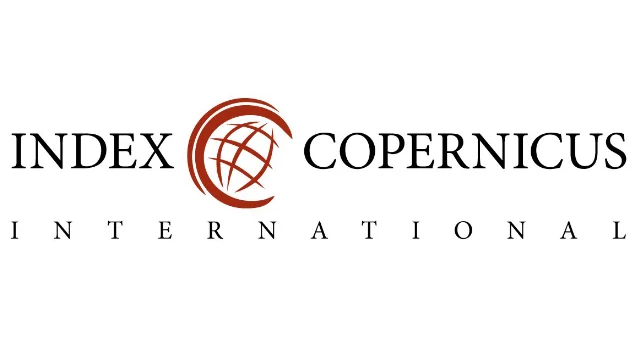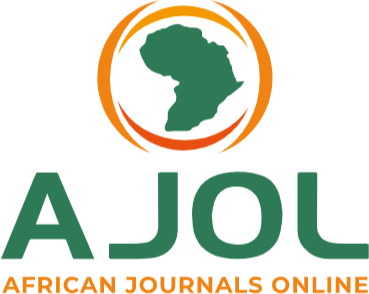A review on the prevalence of Human Giardiasis in some selected States in Nigeria
Keywords:
Human giardiasis, prevalence, Nigeria, implicationAbstract
Authors: Yusuf Buhari, Salisu Mansur Dabai & Abubakar Abdulazeez
Giardiasis is caused by Giardia doudenalis and is a protozoan parasitic infection associated with poor socioeconomic conditions and therefore most commonly found in highly impoverished countries. This disease is associated with public clusters such as correctional and day care centers as well as public recreational centers such as swimming pools, especially in absence of good personal and environmental hygiene. It is often transmitted through infected fomites, contaminated water and food. Because sexual transmission has been documented, coinfection with HIV/AIDS have been reported and the disease has been declared a member of venereal diseases, hence, an opportunistic infection in immunocompromised hosts. It has been seen in various ages, but prevalence is mostly higher among children, which has been associated with transmission through the fecal-oral route due to such behaviors as encopresis, finger sucking, sand eating and nail biting among others. This review assesses the prevalence of Giardiasis in some states in Nigeria through convenient sampling of available literature.
Downloads
Published
Issue
Section
Similar Articles
- Iniofon Udom, Grace Cookery, Paul Ocheje Ameh, Investigation of Acanthus montanus Leaves Extract as Corrosion Inhibitor for Copper in 2 M Sulphuric Acid , Communication In Physical Sciences: Vol. 12 No. 3 (2025): VOLUME 12 ISSUE 3
- Akeem B. Disu, Emmanuel Omokhuale, Effects of Injection and Heat Sink/Source on Convective Kuvshinki Fluid through a Porous Medium , Communication In Physical Sciences: Vol. 8 No. 2 (2022): VOLUME 8 ISSUE 2
- I. Yinusa, Phytochemical Screening, GC-MS And FTIR Analysis of Ethanol Extract of Piliostigma thonningii (schum Milne—Redth) Leaf , Communication In Physical Sciences: Vol. 5 No. 1 (2020): VOLUME 5 ISSUE 1
- Joy Nnenna Okolo, A Review of Machine and Deep Learning Approaches for Enhancing Cybersecurity and Privacy in the Internet of Devices , Communication In Physical Sciences: Vol. 9 No. 4 (2023): VOLUME 9 ISSUE 4
- Nsikak S. Akpan, Comparative Study of Blends of Polyvinyl Chloride/Poly Methyl-methacrylate and Polystyrene/Poly Methyl-methacrylate using Density, Viscometry and FTIR Methods , Communication In Physical Sciences: Vol. 5 No. 3 (2020): VOLUME 5 ISSUE 3
- Franklin Akwasi Adjei, Artificial Intelligence and Machine Learning in Environmental Health Science: A Review of Emerging Applications , Communication In Physical Sciences: Vol. 12 No. 5 (2025): Vol 12 ISSUE 5
- Kingsley Ochommadu Kelechi , Onwubuariri Nnamdi Chukwuebuka, Chiazor Faustina Jisieike, Ezere, Uchechi Ahunna, Muyiwa Michael Orosun, Chisom Loveth Kelechi, Health Risk Assessment of Heavy Metal Contamination in Water Sources at Michael Okpara University of Agriculture , Communication In Physical Sciences: Vol. 12 No. 3 (2025): VOLUME 12 ISSUE 3
- Gideon Wyasu, Batch adsorption of Mn2+ and Co3+ from Refinery wastewater using activated carbon from epicarp of Detarium microcarpum and Balanites aegyptiaca shells , Communication In Physical Sciences: Vol. 3 No. 1 (2018): VOLUME 3 ISSUE 1
- U. Aletan, Proximate and Physicochemical Analysis of the Fruit and Oil of Avocado Pear , Communication In Physical Sciences: Vol. 3 No. 1 (2018): VOLUME 3 ISSUE 1
- Gideon Wyasu, Production of Activated carbon derived from Banana peel for the removal of Cd2+ and Cr6+ in Brewery wastewater , Communication In Physical Sciences: Vol. 3 No. 1 (2018): VOLUME 3 ISSUE 1
You may also start an advanced similarity search for this article.




